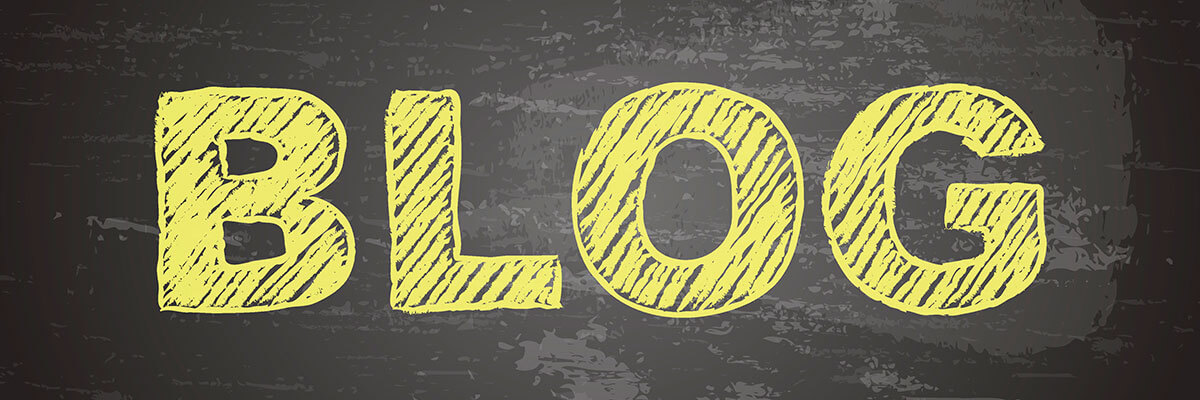Chronological Format
1. Use of word "resume" as heading unnecessary. Good use of space for the information employer needs about you. Uses only two lines instead of three or four. E-mail and or fax numbers are helpful. Omit cell phone number. You do not want an employer calling you when you are busy with something else.
2. Profile emphasizes general background related to employer or industry needs. Includes business environments, skill areas, and general accomplishments. The use of nouns is important for detection by scanners looking for a good fit. Uses both hard and soft skills that are more detailed in body of resume. This should be a good general statement. It may be explained in detail, or with examples in an interview, or with follow up activities. May also be used as 30-second sound bite in response to "What do you do?" or "Tell me about yourself."
3. Strengths that have been developed through experience and accomplishments. Key words for electronic scanning or passes reader's five to 15 second glance test.
4. Use titles at beginning before company name to emphasize level of position. Dates ate included in right margin. Company name, short description of the company, if not generally known, with some indication of size or sales volume is helpful. 'Do not include street address.
5. Progression in a company and promotion titles with different dates may be confusing. Use a general statement and be prepared to discuss at the interview or on an application.
6. Bullets can be used to set off each major accomplishment. Remember electronic scanning or the internet listings may change formatting. Use spacing between each to make certain that it can be read in all formats. State problems, actions, results; Quantify whenever possible. Never exaggerates. Be able to substantiate with documentation that does not compromise confidentiality of previous employer.
7. Position somewhat unrelated to present career focus but must be used for chronological order. Not necessary to go into great detail.
8. Previous employment or professional history is summarized if it has been more than 10 - 15 years. Do include names of companies and length of time for credibility. Interviewer can ask you more questions if needed.
9. Education is at the end of the resume unless applying for an academic position. Degree followed by major, if related, name of institution, city and state. Date of graduation not included unless it is recent. Do not indicate that you have been out of school for more than 10 years - a red flag of age or that you may not be current. Omit GPA's, Dean's lists, etc.
10. Add additions continuing education and training to indicate keeping current with professional development. Continuous learning is important in a changing business environment.
11. Professional leadership and community affiliations replace hobbies and interests that are not relevant to job performance.




